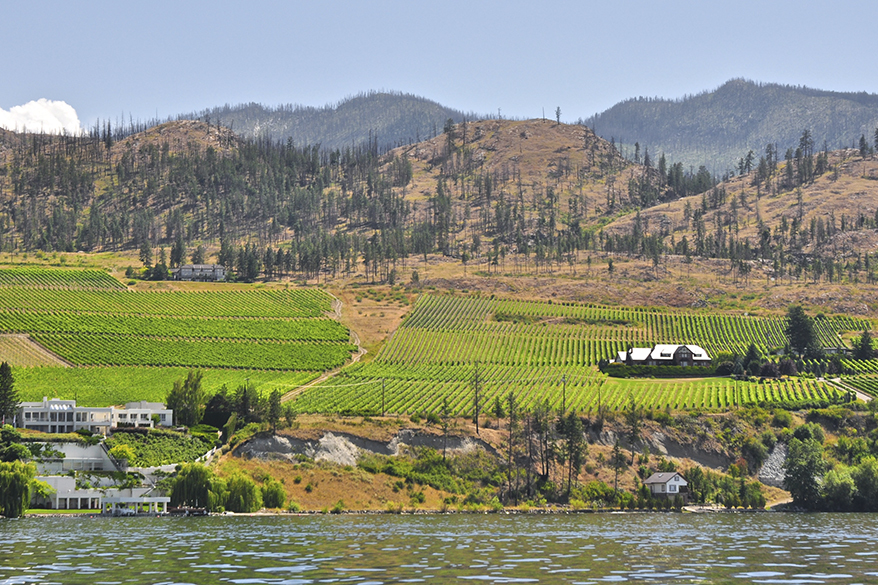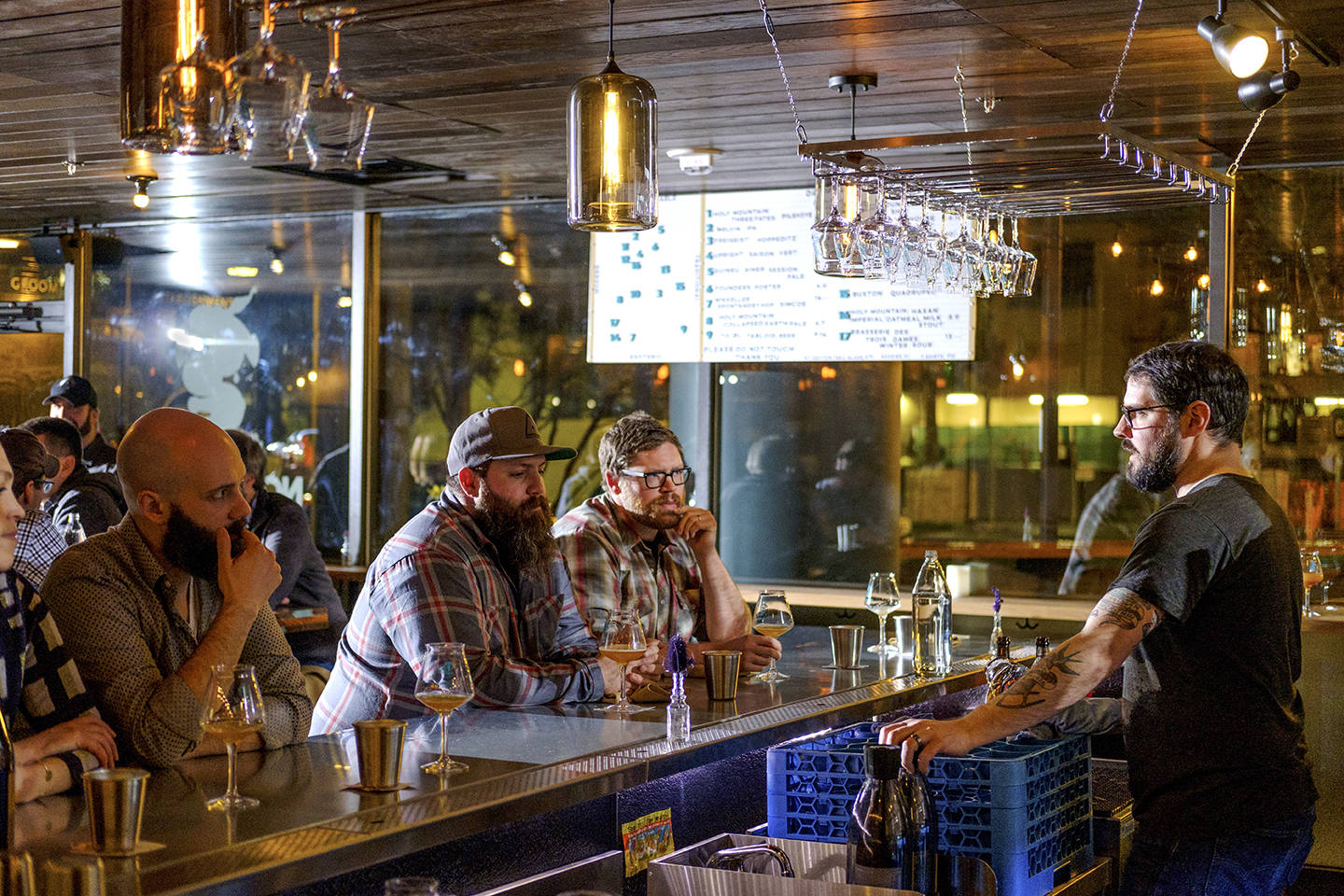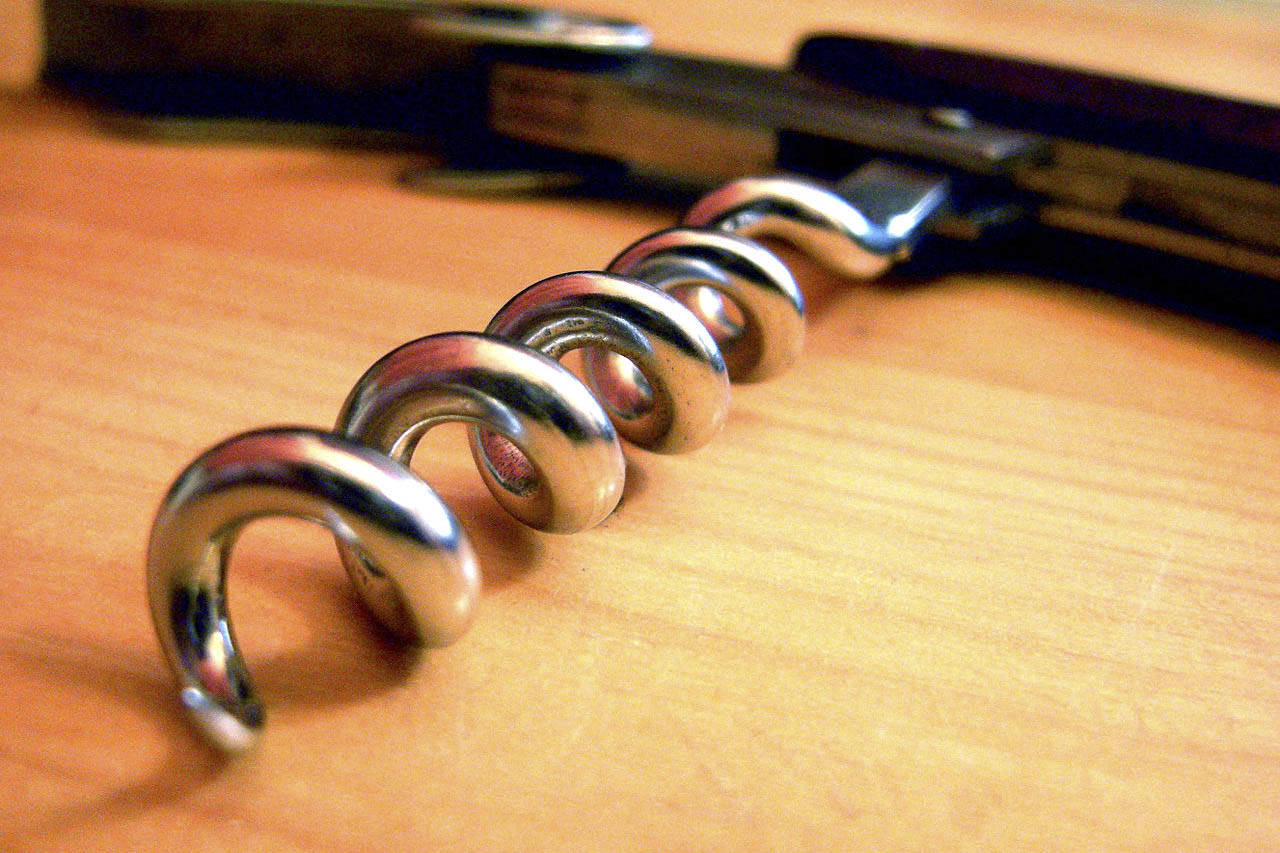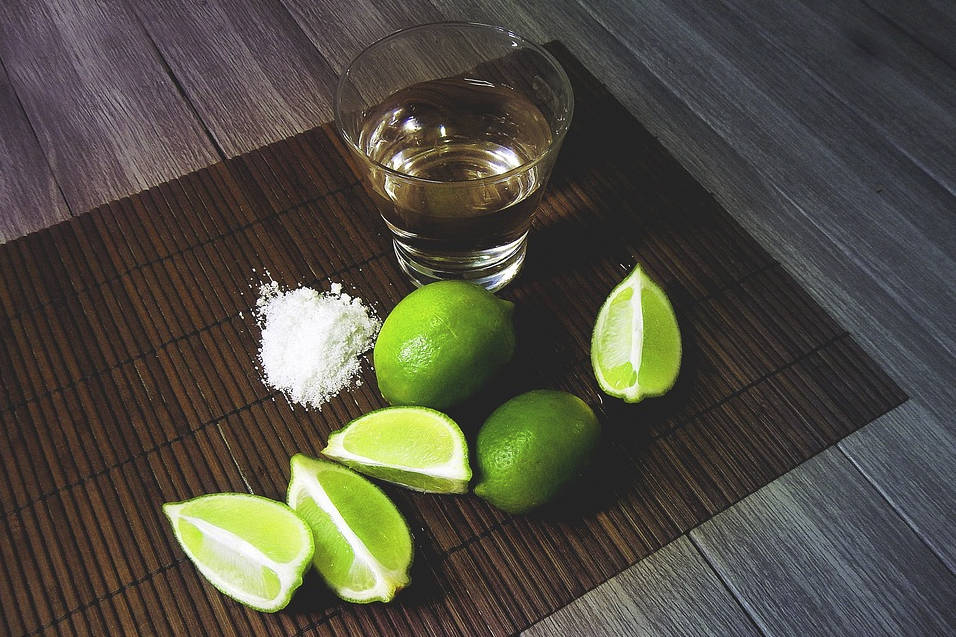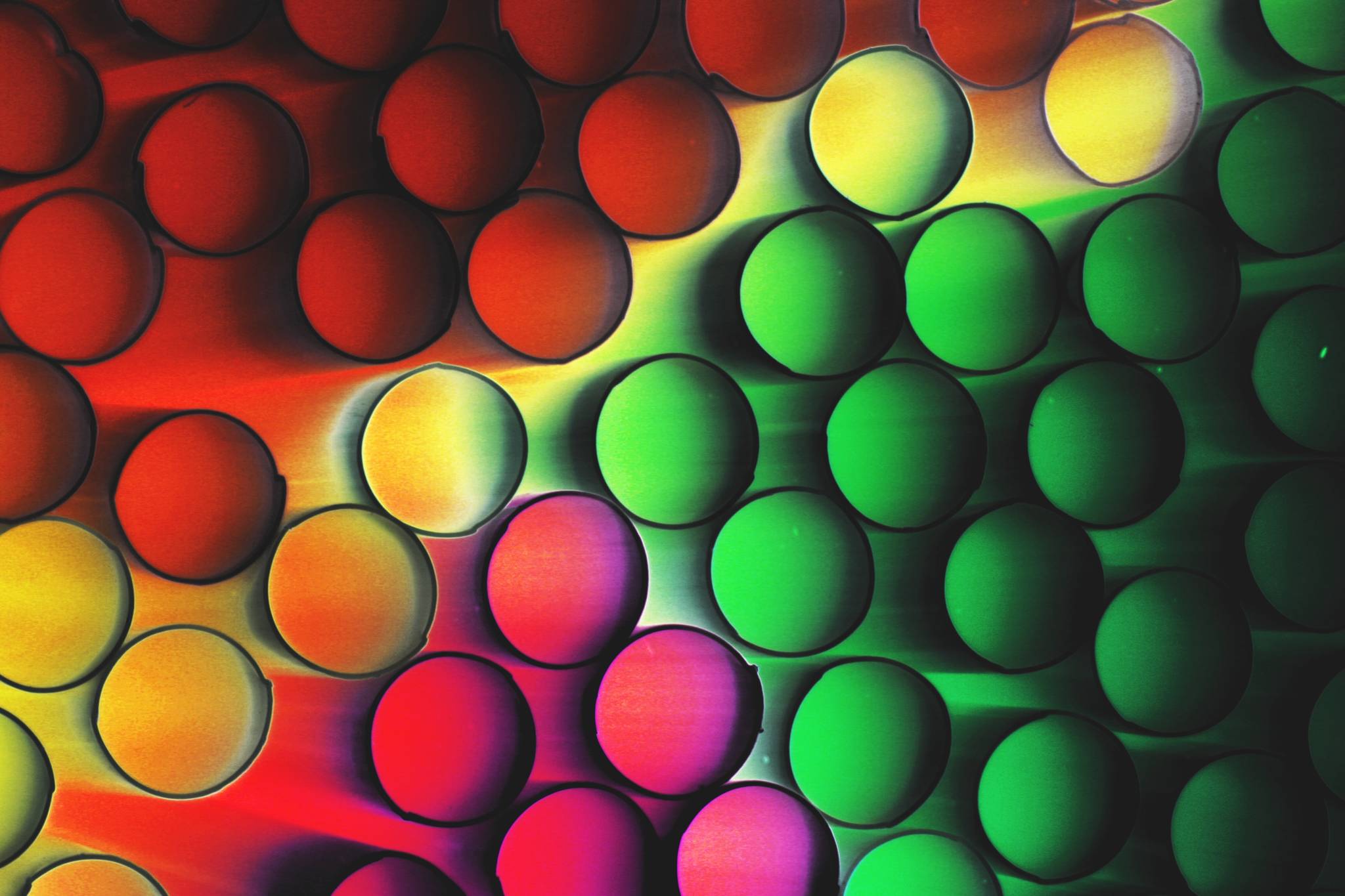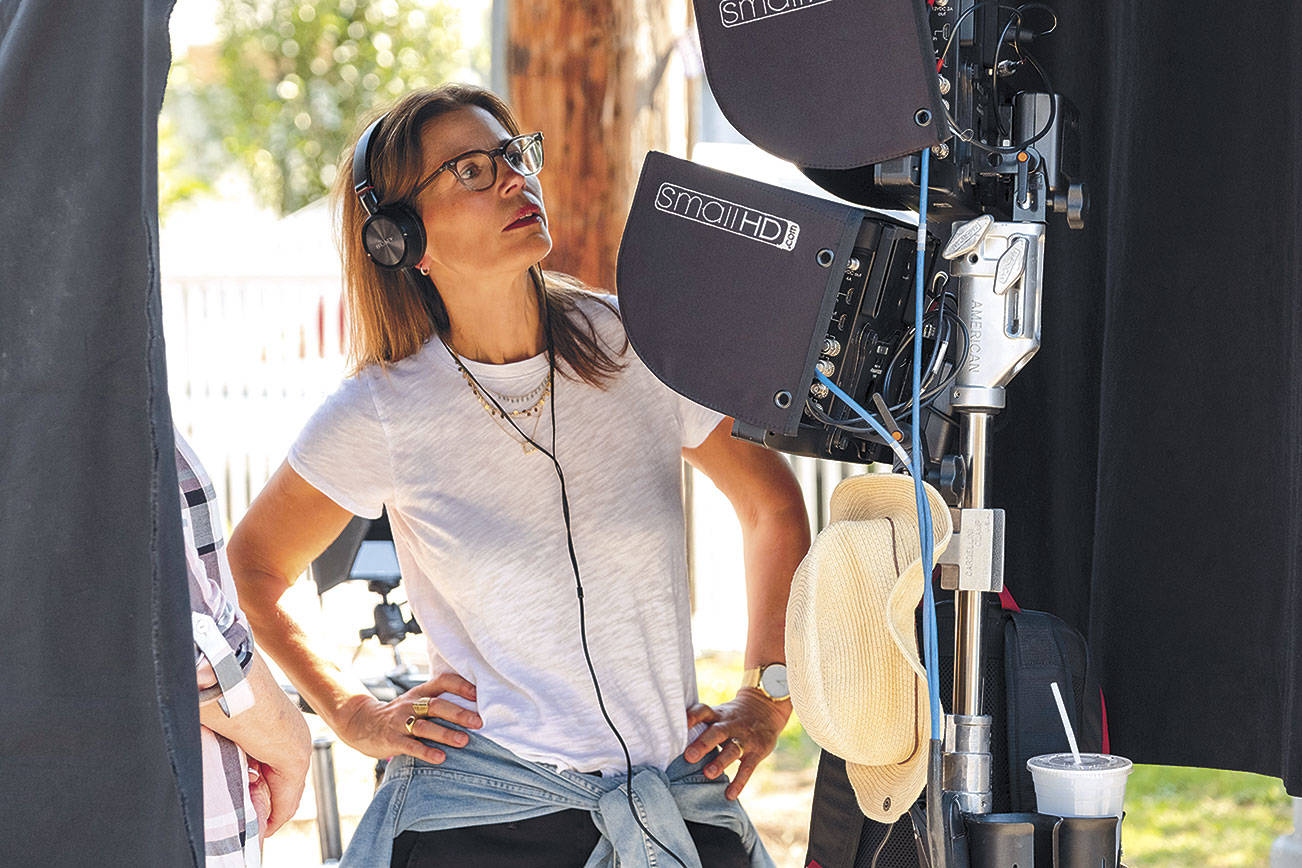Imagine I told you there was a region in the Pacific Northwest making great wine, well within a day’s drive of Seattle, with stunning terrain and great weather … oh, and a highly favorable exchange rate. While at first you might have thought about Walla Walla or the Willamette Valley, most of you would probably be stumped. When we consider the area’s great wine regions, few turn their thoughts north of the border.
I used to do the same. I’d actually toured some of the Okanagan Valley with my father a decade ago, but my general perception of the B.C. wine scene was that the two selling points were natural beauty and that they could reliably make ice wine most winters. Many of the early winemakers had little formal training, and a combination of protective tariffs and a devoted local audience meant they generally compared their wines to other local offerings, rather than the wines of the wider world.
Over the past few years, I’ve heard whisperings that things have changed, that B.C. is something of a sleeping giant just starting to awaken. Winemakers who had honed their skills across the globe were taking over wineries and bringing the combination of experience and global perspective needed to move the industry forward. So I grabbed my passport and went to see for myself.
The sheer beauty of the place has to be seen to be fully understood. From the angular wooded banks of Okanagan Lake, which spans nearly 85 miles from Vernon in the north to Penticton in the south, to the sheer cliff walls of the nearby Similkameen Valley, the views are striking. Most wine country in the world is pretty, but in a pastoral way: Raw nature has often long since been tamed. Here, wine and wilderness exist in concert.
The wines themselves also strike a fascinating balance: Often the fruit’s initial ripeness gives way to a lightning bolt of acidity that comes from the growing season’s extreme day/night temperature shifts, as well as the mineral-rich soils upon which many vineyards are planted. When the prevailing trend in winemaking discouraged higher-acid wines, that innate character was something many wineries tried to cover with hyper-ripe fruit and intense oak aging, but as acidity has come back into vogue, producers like Tantalus, Orofino, and Clos du Soleil (among many others) are embracing it.
That acidity ripples through not just whites made from riesling and chardonnay, but through reds like pinot noir and syrah. In fact, the most breathtaking wine I tried was also the last: the Cuvée Violette from Le Vieux Pin in the southern Okanagan. The explosive floral notes that the name promises are combined with deeply powerful hints of smoked meat and anise, and structurally the wine would easily fit in with the classics of the northern Rhône like Cornas and St. Joseph. For a wine that sells for $27 Canadian, it delivers incredible value.
Now it might be that value is the best selling point for B.C. wines, at least if you go to B.C. to have them. While there are signs that may be changing, for the time being your best bet is to do what I did: dust off the passport and go exploring for yourself.
barcode@seattleweekly.com
